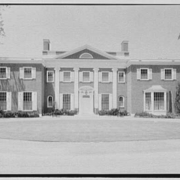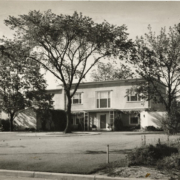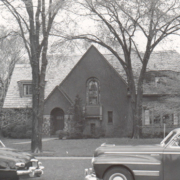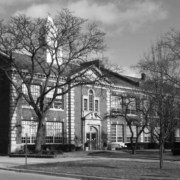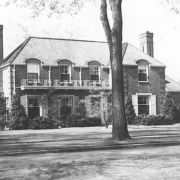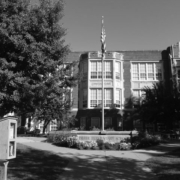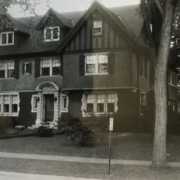Historical Architecture of Grosse Pointe – 457 Lake Shore
Last week we explored 300 Provencal. The magnificent Georgian Colonial home was designed by New York City based architect John Russell Pope, for Edward E. MacCrone, an investment banker.
This week we are going to review 457 Lake Shore, the splendid home of Roy D. Chapin, who commissioned John Russell Pope to design the grand estate on Lake Shore in 1927.
Roy Dikeman Chapin, Sr. was an American industrialist and a co-founder of the Hudson Motor Company. He also served as the United States Secretary of Commerce from August, 1932, to March, 1933. Roy Chapin was born in Lansing in 1880. Having attended the University of Michigan, Chapin headed the consortium of businessmen and engineers that founded the Hudson Motor Car Company in 1908. The company was named after Joseph L. Hudson, who provided the majority of the capital for the operation’s start-up. Source: Wikipedia. In 1918, Chapin was behind the foundation of the Essex Motors Company, a subsidiary of Hudson, noted for developing the first affordable mass-produced enclosed automobile, in 1922. Ten years later, in 1932, Chapin left Hudson to join the Hoover administration as the United States Secretary of Commerce. In March 1933, Chapin returned to work for the Hudson Motor Car Company, his final three years were spent trying to save the company from the effects of the Great Depression. He passed in 1936. Source: Wikipedia.
In 1914, Roy Chapin married Inez Tiedeman, together they had six children. After they were married the Chapin’s moved to 30 Beverly Road. The English Cottage Style home was completed in 1913, by Marcus Burrowes & Dalton Wells for Florence L. Pond. The Chapin’s resided at the six-bedroom property until 1928, when they moved to their new property on Lake Shore. The original address was 447 Lake Shore, however, post 1940, it became 457 Lake Shore. Image courtesy of: https://digital.library.wayne.edu/ (1951).
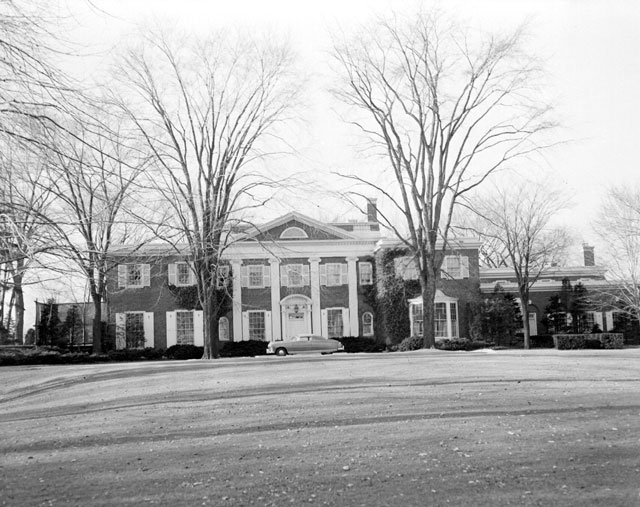
The property was a grand Georgian residence, inspired by 18th century Georgian architecture that influenced much of Pope’s work during his career. It is reported that Mrs. Chapin greatly admired the John S. Newberry House (Lake Terrace), designed by Earnest Wilby and Albert Kahn, so much so that it served as a model for the Chapin House, at least in the general plan. Pope, however exerted his own style on the property, thereby creating a residence bursting with traditional craftsmanship – the “impression sought was one of dignity rather than splendor” (from Buildings of Detroit, by W. H. Ferry). Many key elements from 18th century architecture dominated the exterior of the home – pilasters (a rectangular column, especially one projecting from a wall), tall sash windows, a symmetrical configuration, along with an oversized central triangular pediment. The property was filled with fine 18th century furniture that made the interior of the property comfortable as well as handsome. Photo’s courtesy of: The Library of Congress. Upon completion the house had an extensive 18th Century style of its very own, encompassing all the requisites of good taste and elegance. Source: The Buildings of Detroit by W. H. Ferry).


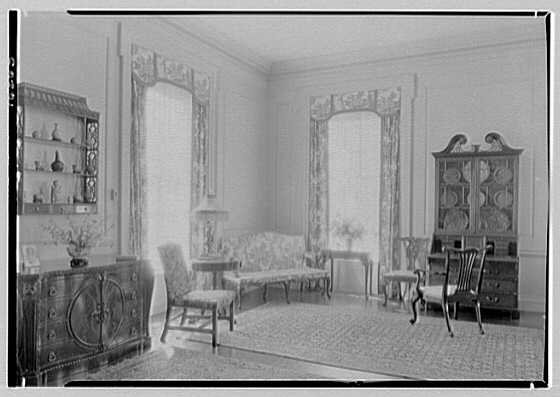
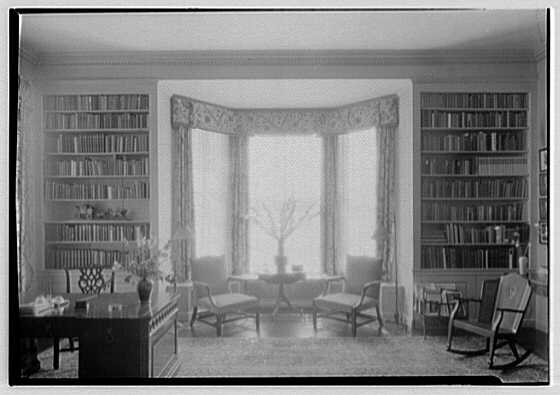
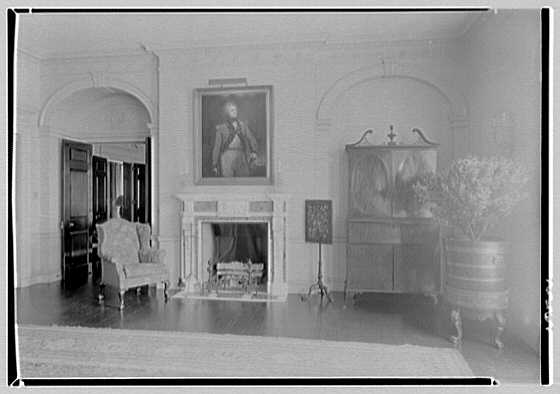
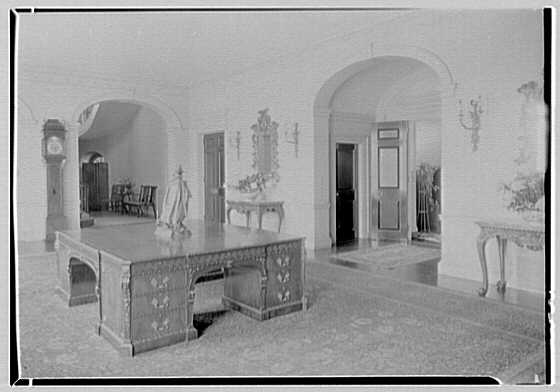
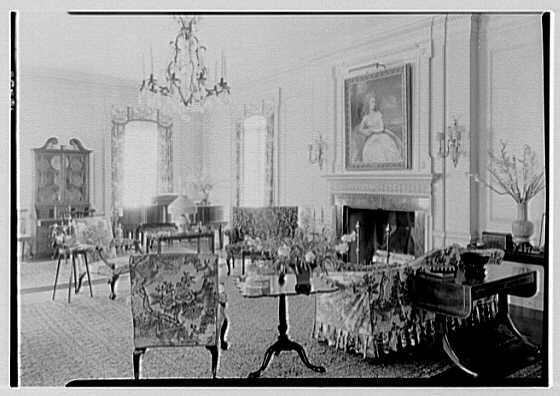
The gardens were also in keeping with the magnificent home. They were originally laid out for Mrs. Chapin by nationally noted landscape designer, Bryant Fleming. 600-year-old yew hedges were imported from England. It is reported the focal point of the garden was an authentic 18th century doorway that Fleming decided to use as a wall fountain. Water trickled down over rocks where the door had formerly been. Source: The Buildings of Detroit by W. H. Ferry. Photo’s courtesy of: The Library of Congress.

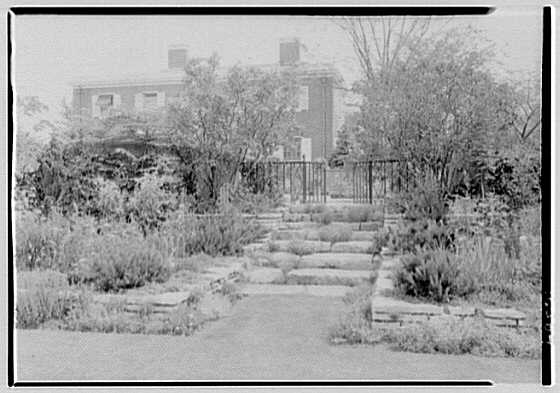
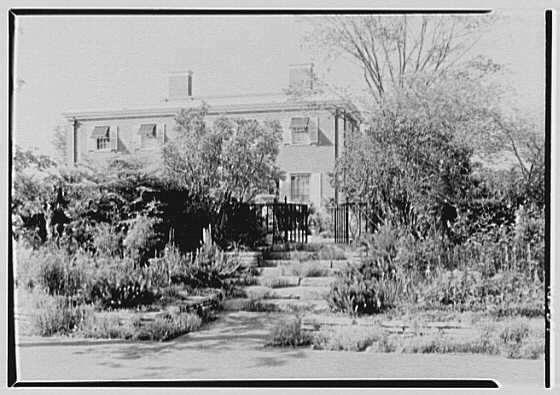
Bryant Fleming was one of the most skilled landscape architects of his generation and was no stranger to creating stunning properties, or to working in Grosse Pointe. Born in Buffalo, New York in 1877, he graduated from Cornell University in 1901, having studied horticulture, architecture, and architectural art history. Fleming became the first lecturer and instructor in landscape art in the Department of Landscape Art at the College of Agriculture, Cornell University in 1904. At the time this was only the third such program in the United States after Harvard (1900) and the University of Massachusetts (1902). In 1904, he established a private practice named Townsend and Fleming (1904-1915) and helped guide the development of parks in New York State. Source: Wikipedia. In 1916, Fleming started his own practice, specializing in estate gardens. Much of his work can be found in New York, Chicago, Detroit, Cleveland, Kansas City, and Memphis. Here in Grosse Pointe Mr. Fleming worked on around six projects, working in association with many architects to create the landscaping at these prestigious properties. Probably his most noted project in Grosse Pointe was the garden at the Chapin residence.
It is reported Mrs. Chapin occupied the residence until her death in 1956, when Henry Ford II and his wife Anne purchased the property. An ardent Francophile Mrs. Ford was fond of French eighteenth century decorative arts. She had the house remodeled to provide a background for her French antiques, impressionist, and post-Impressionist paintings. Henry Ford II owned the 457 Lake Shore until 1983, when he demolished the house and divided the land to construct condominiums – now the location of Windemere Place.
*Photos courtesy of the Higbie Maxon Agney archives unless stated.
Written by Katie Doelle
Copyright © 2021 Katie Doelle

